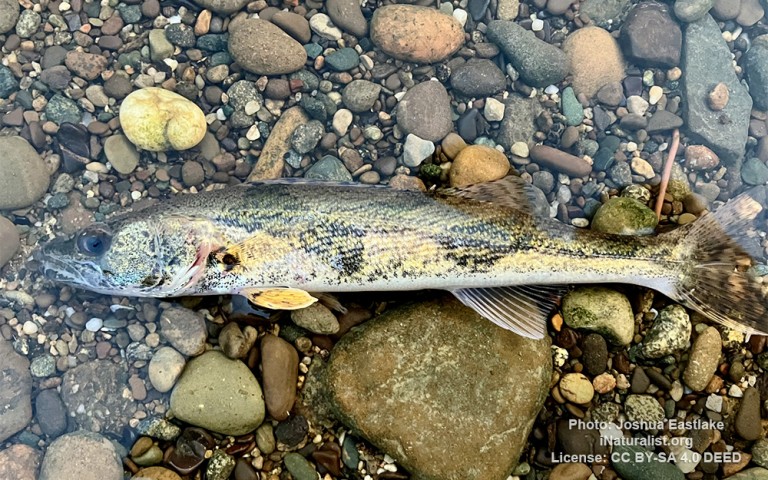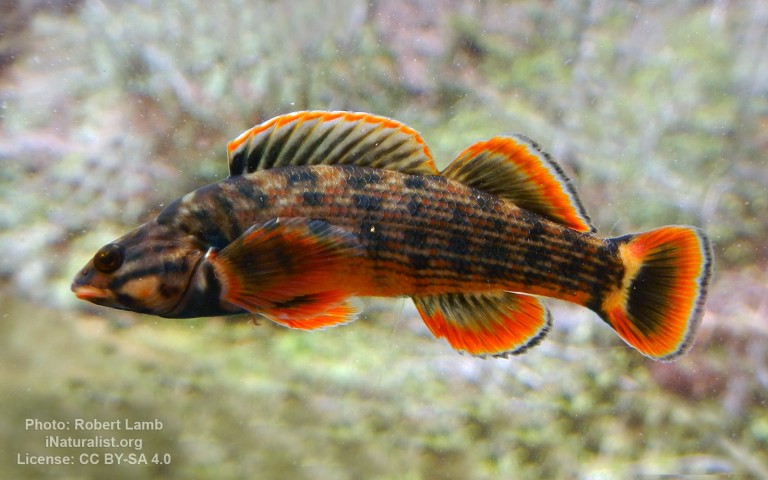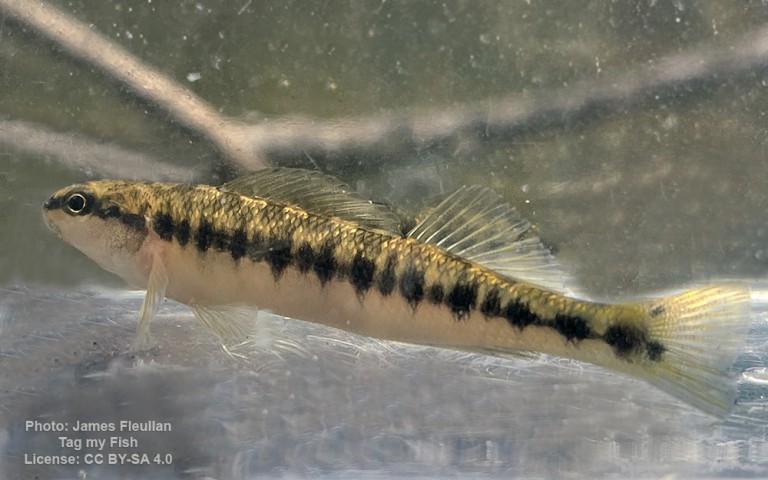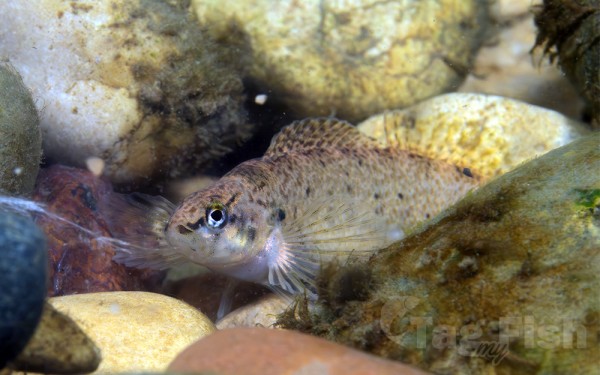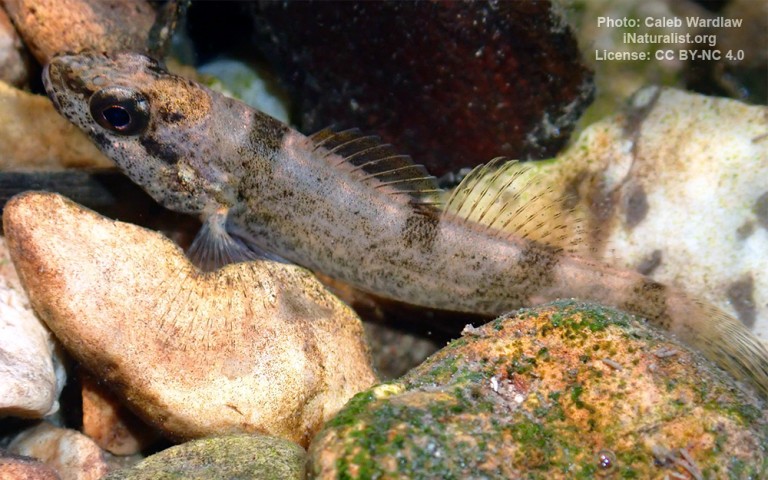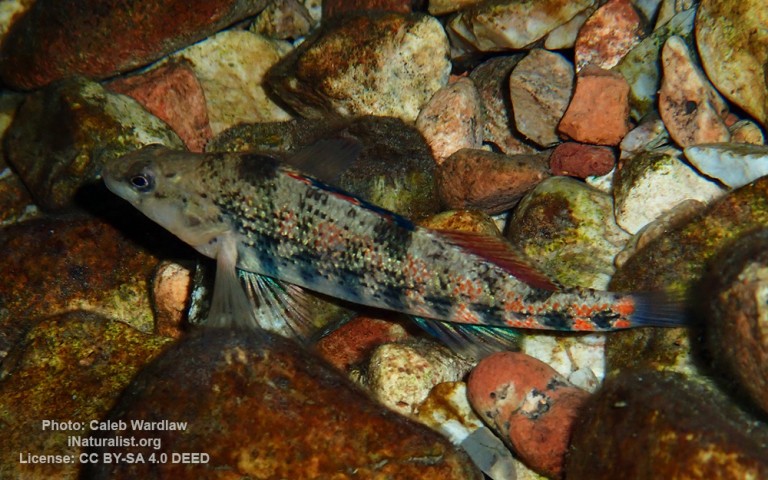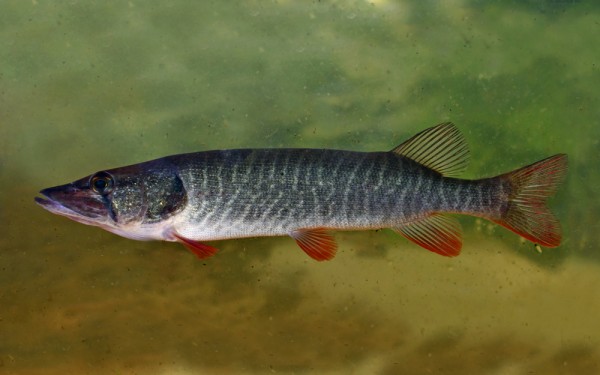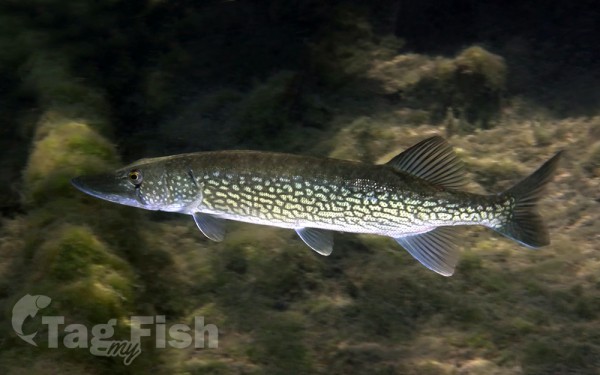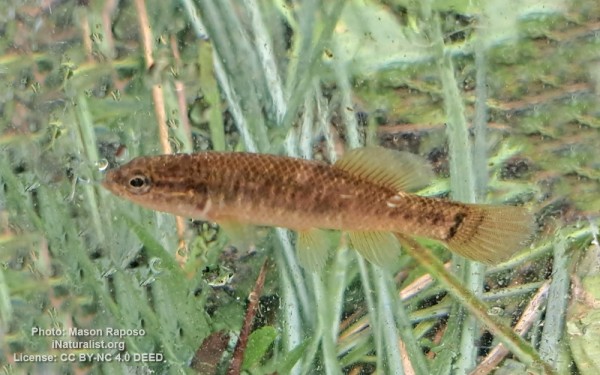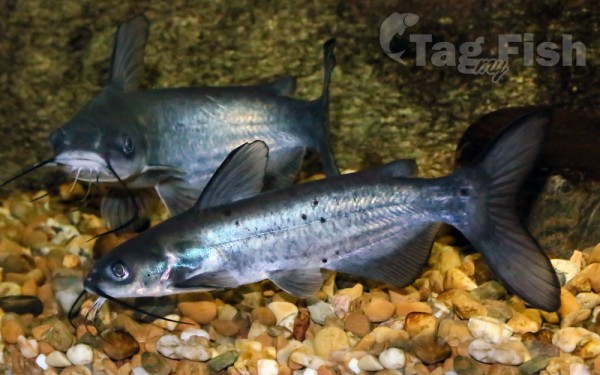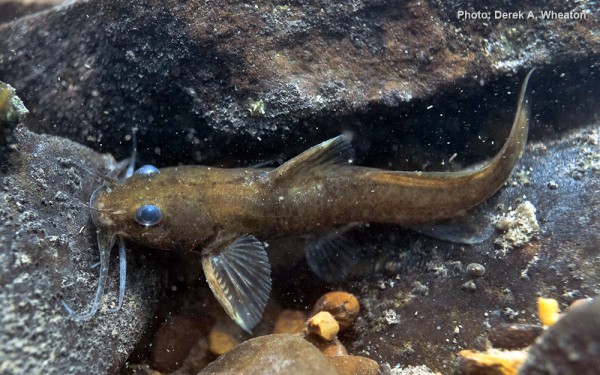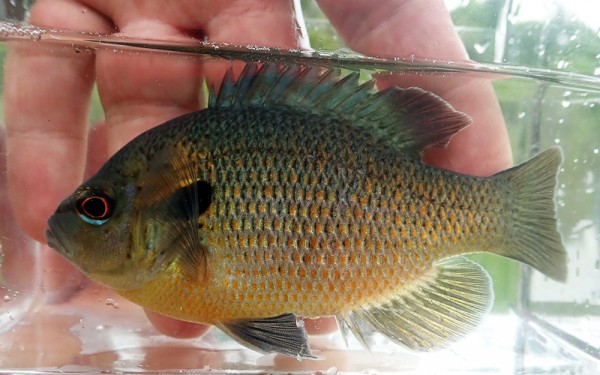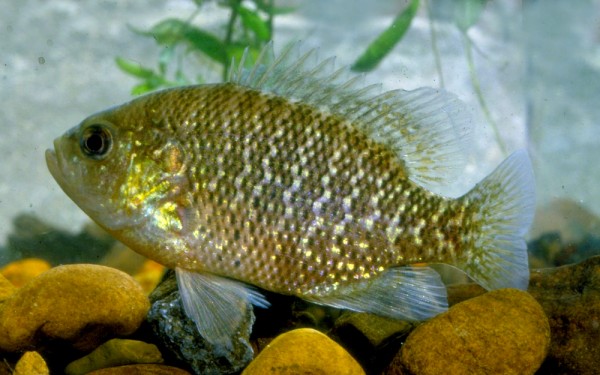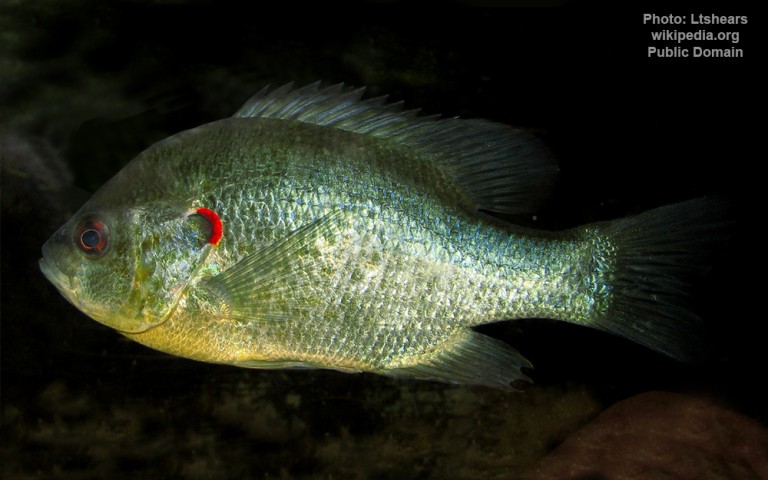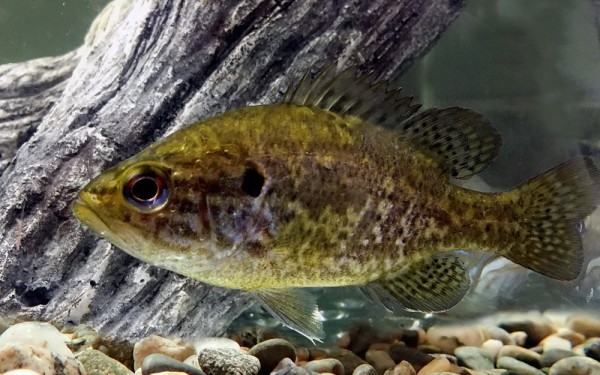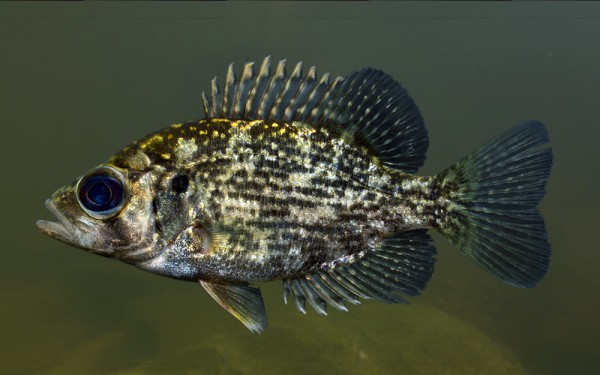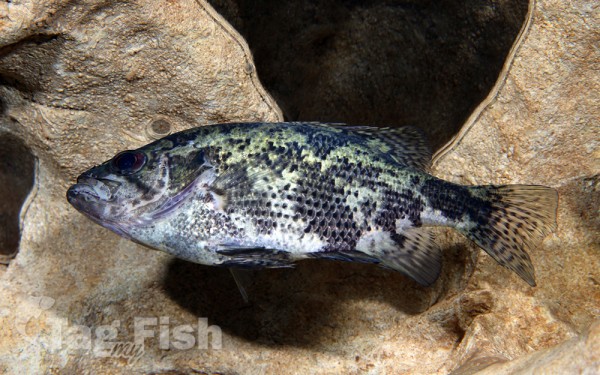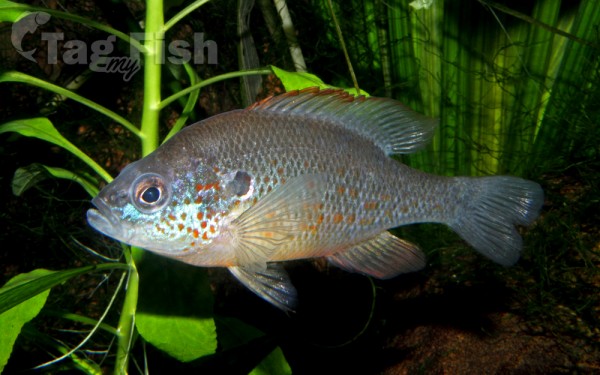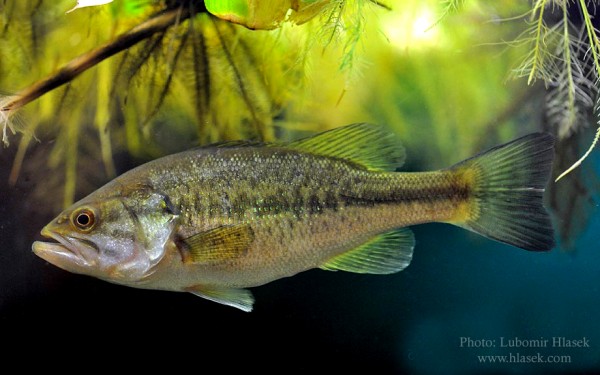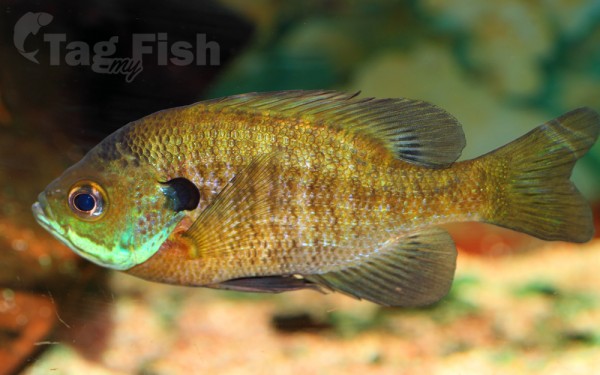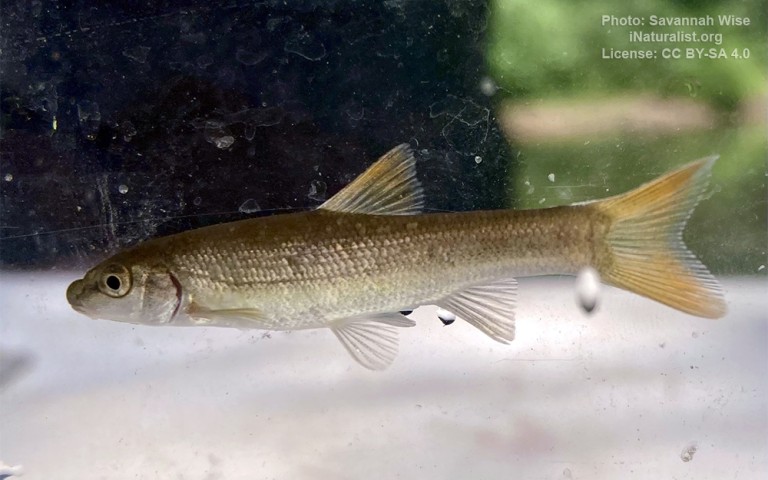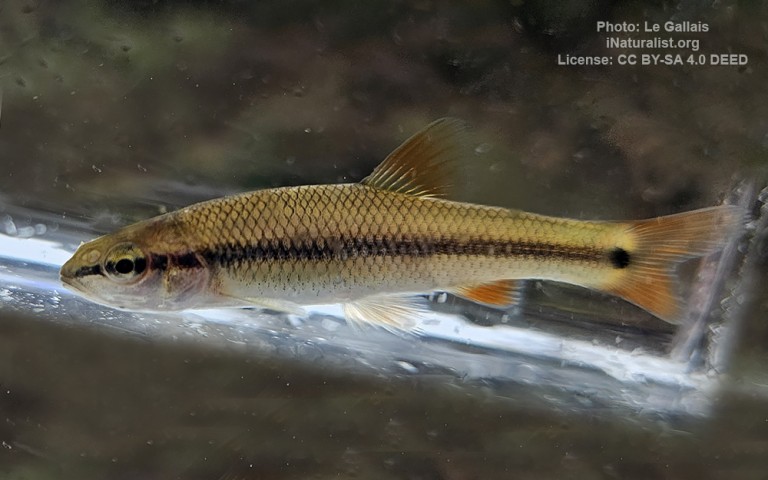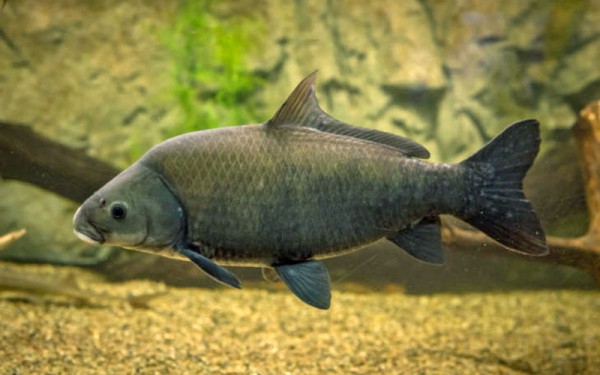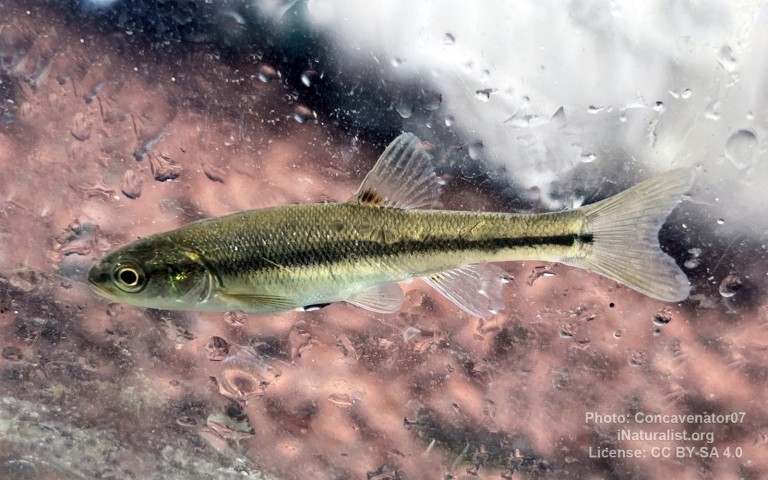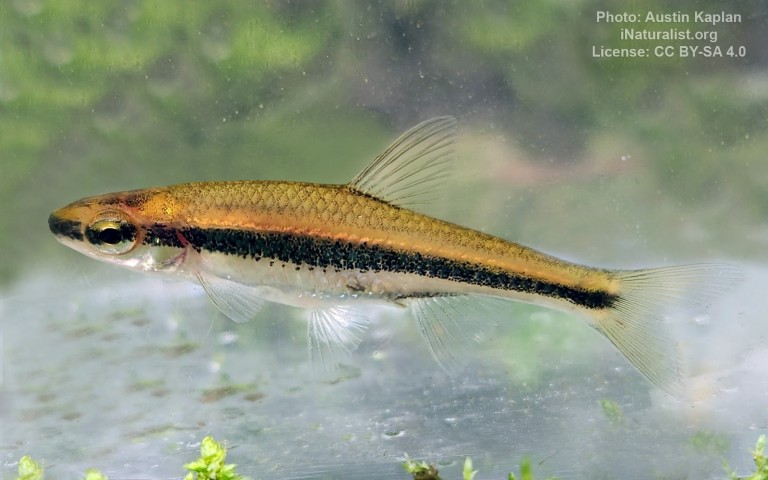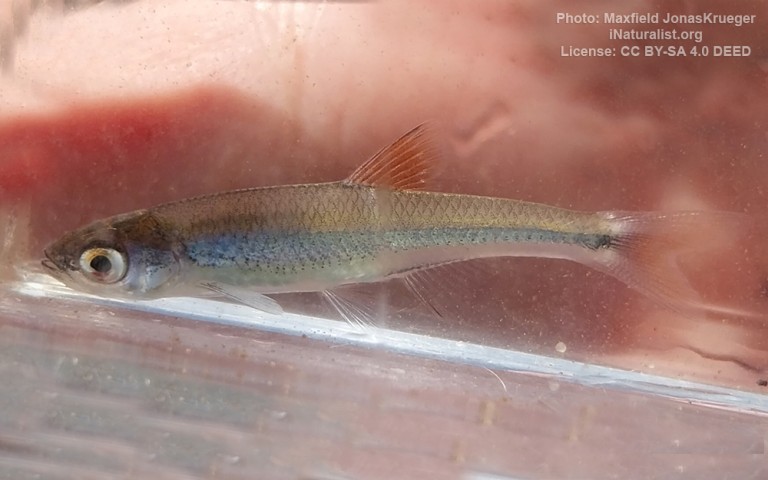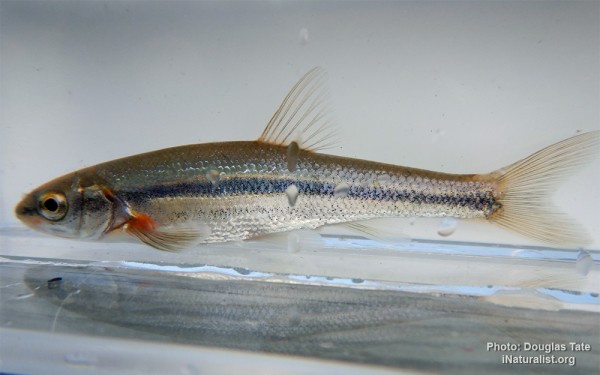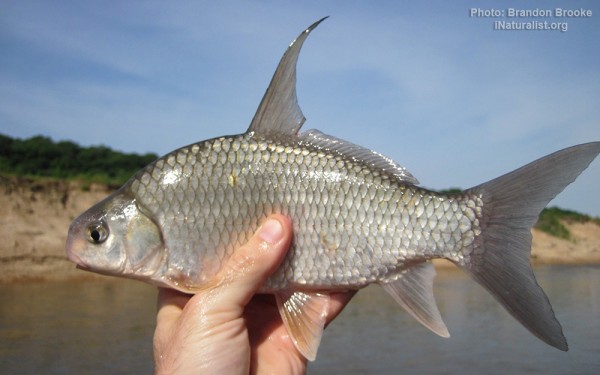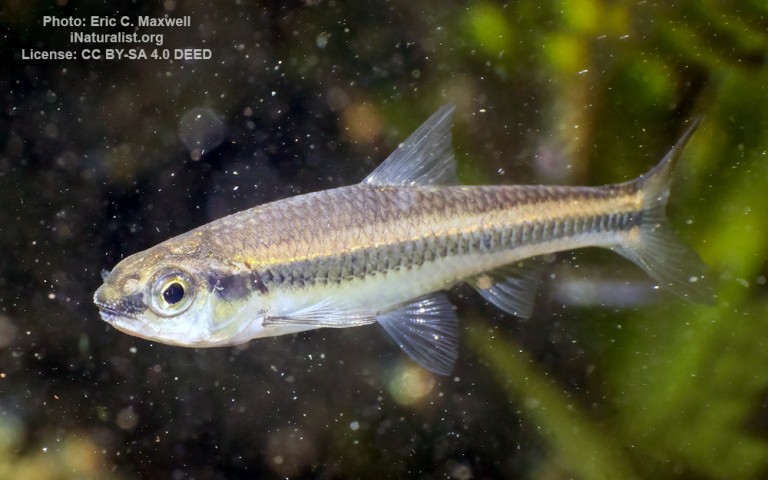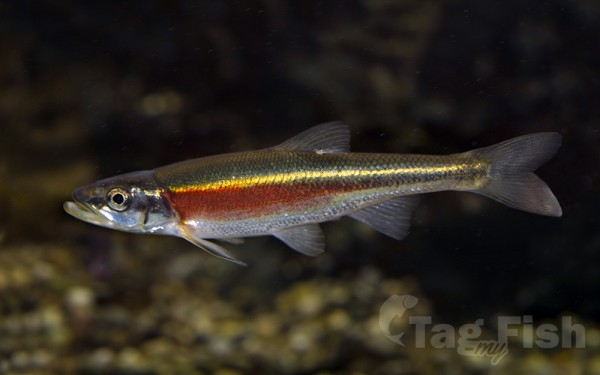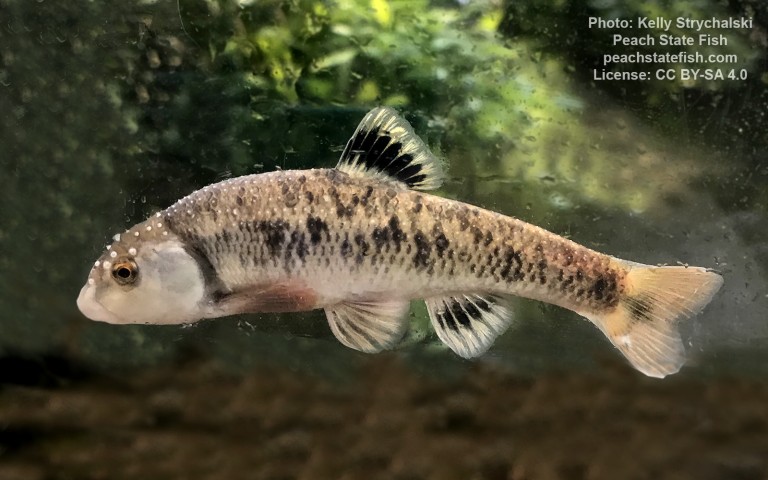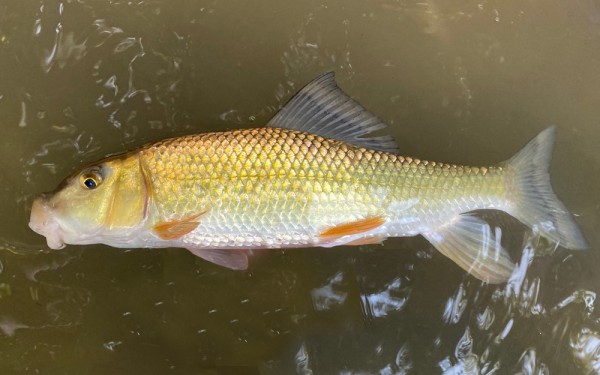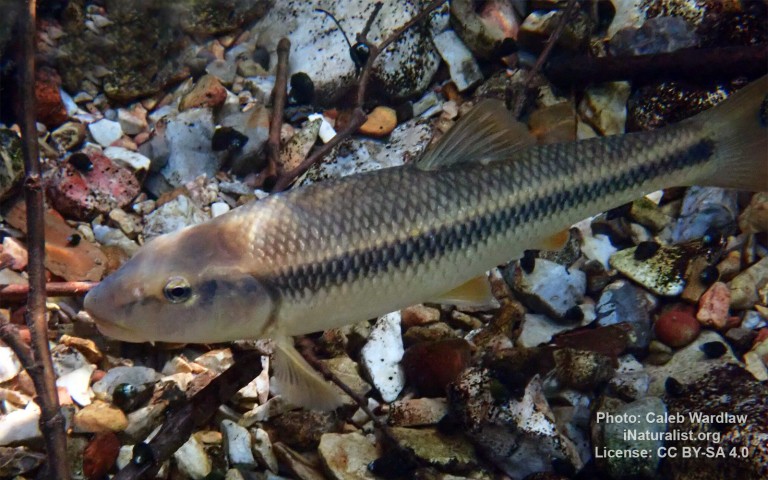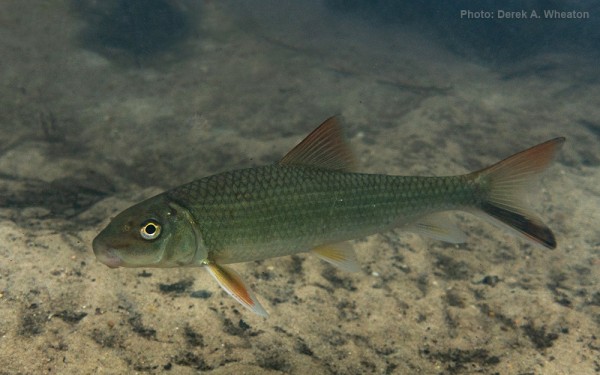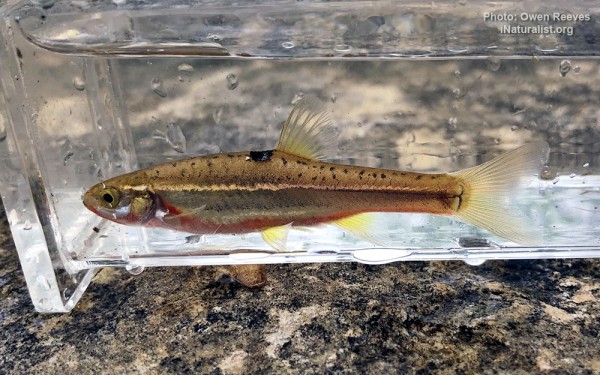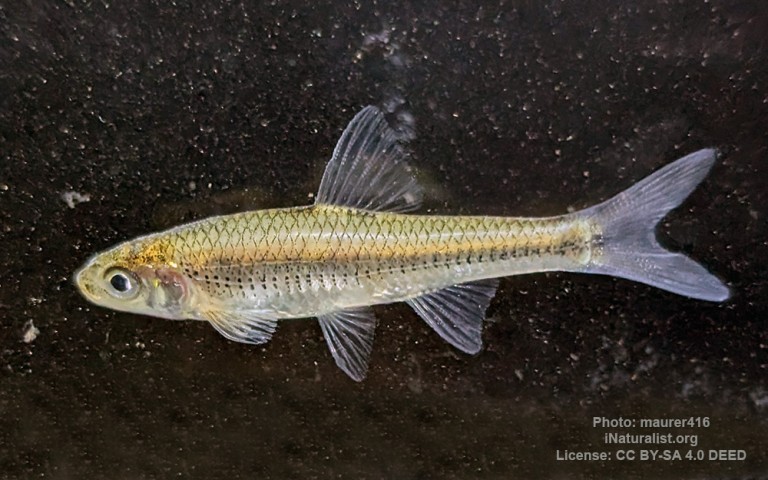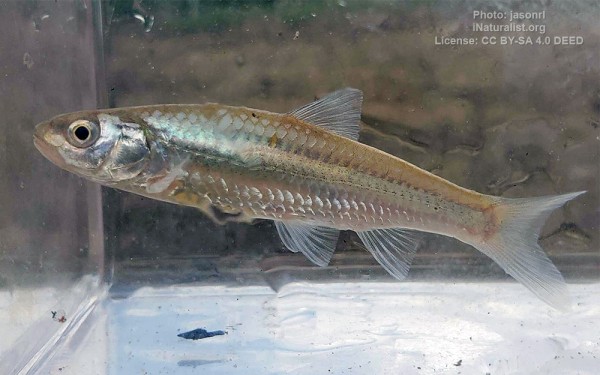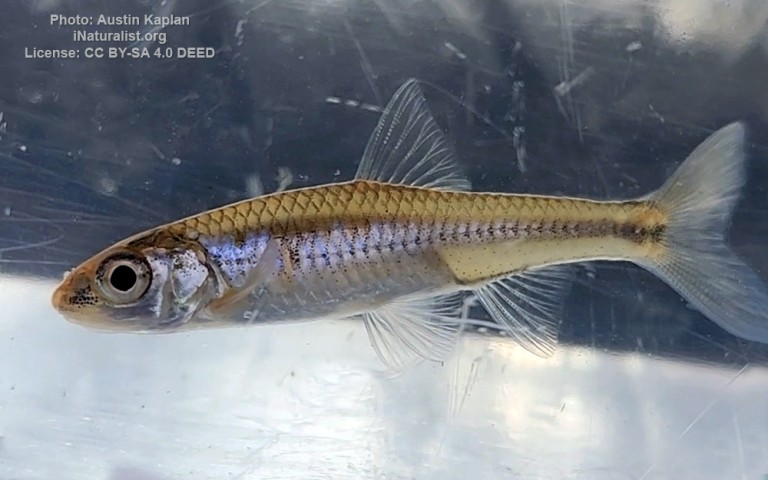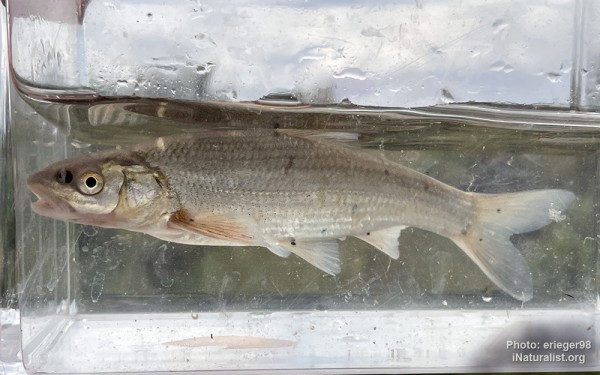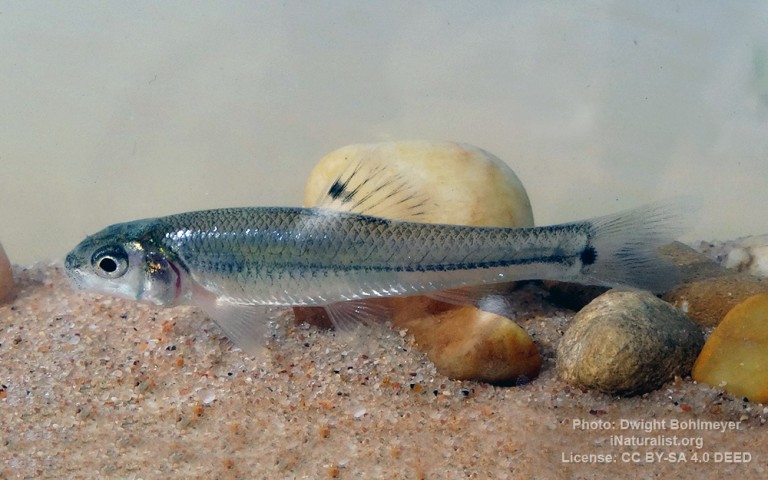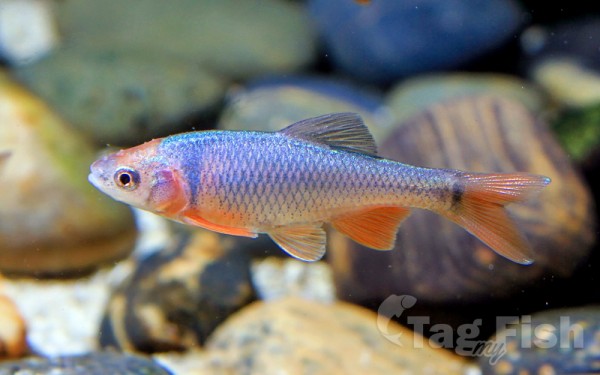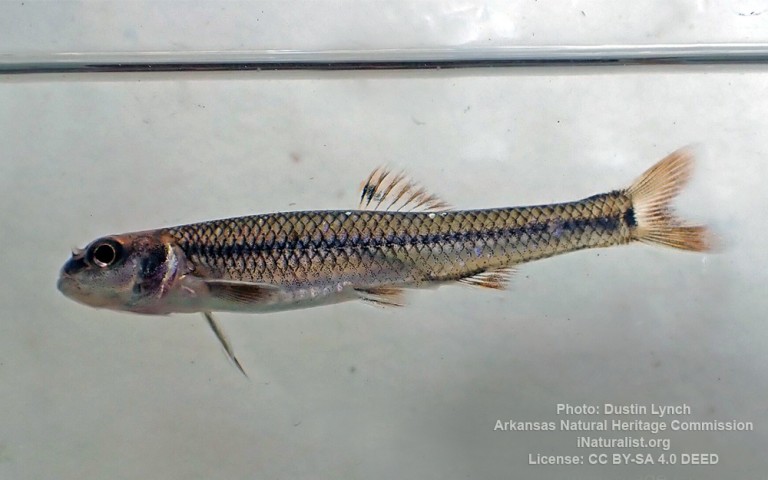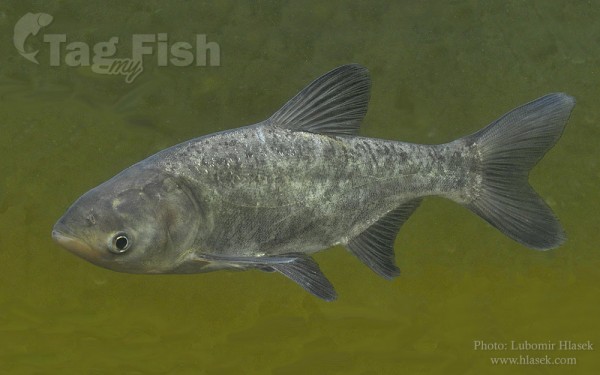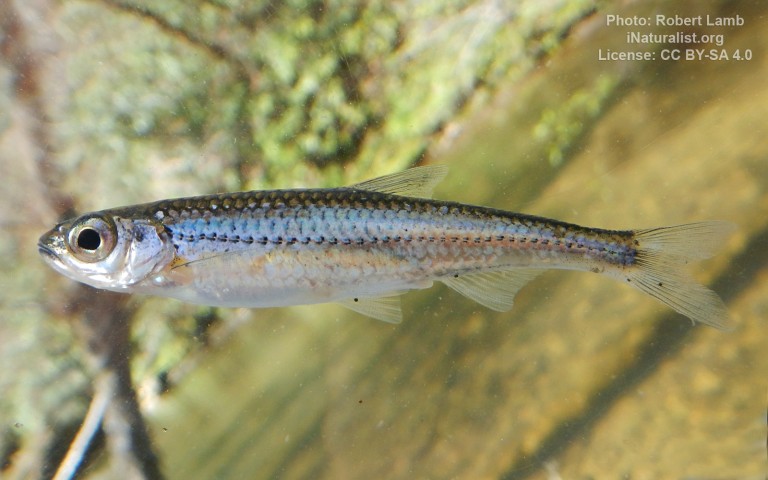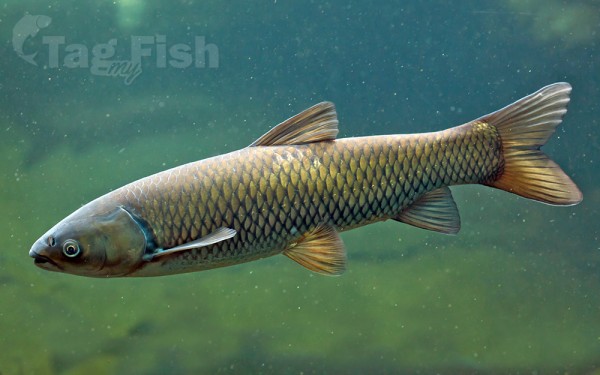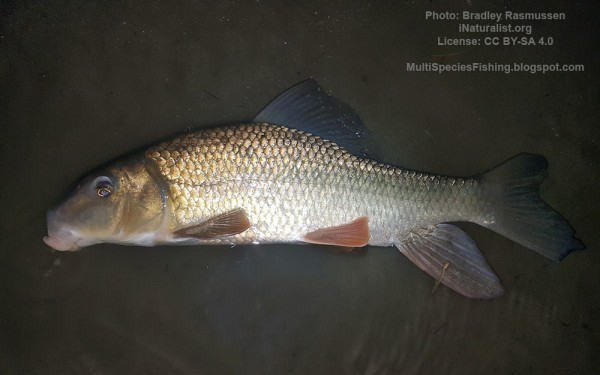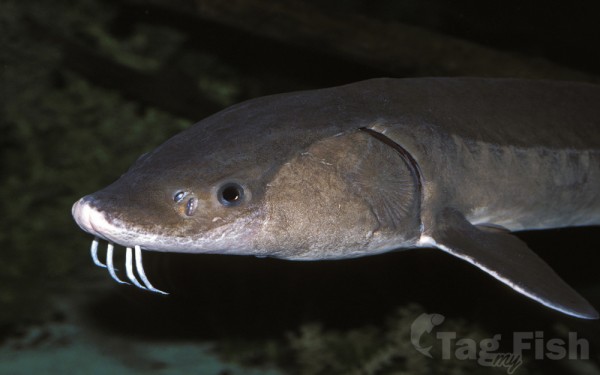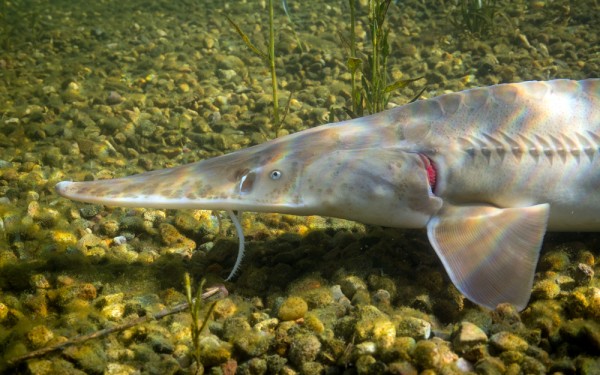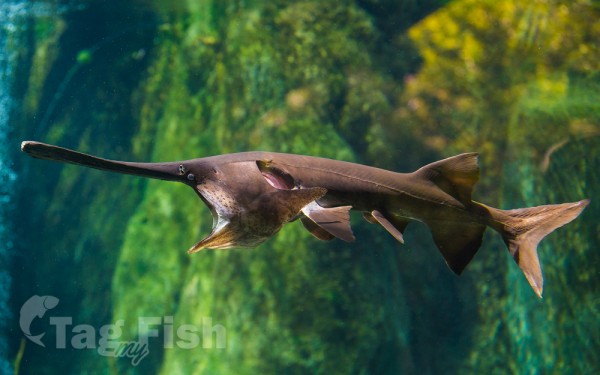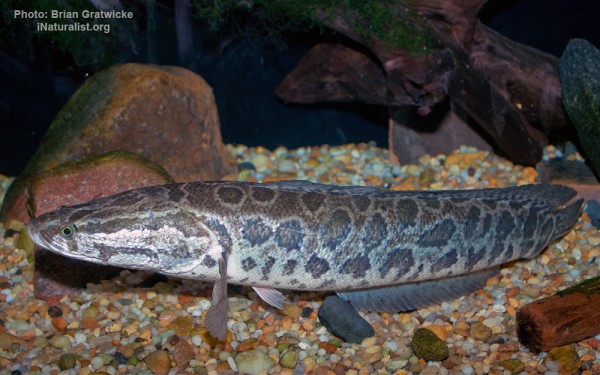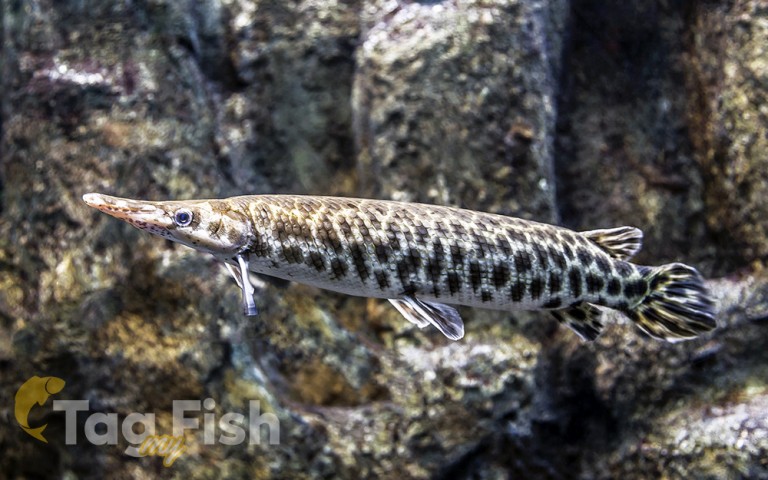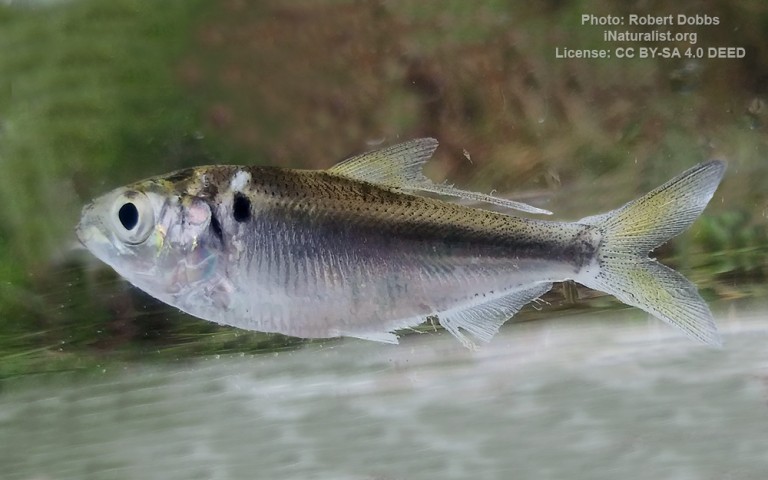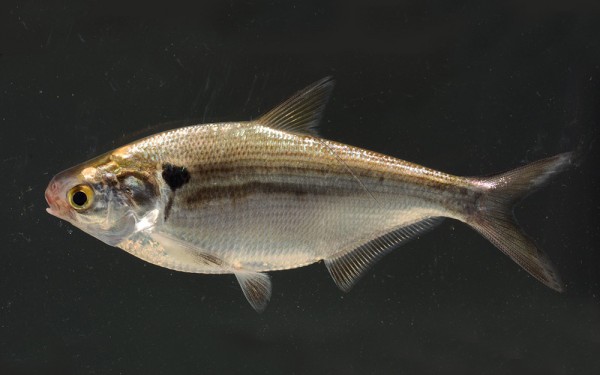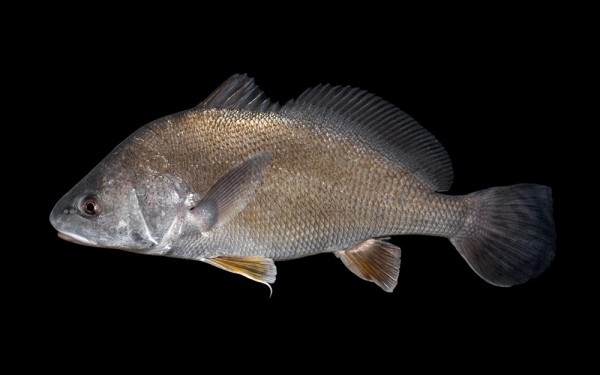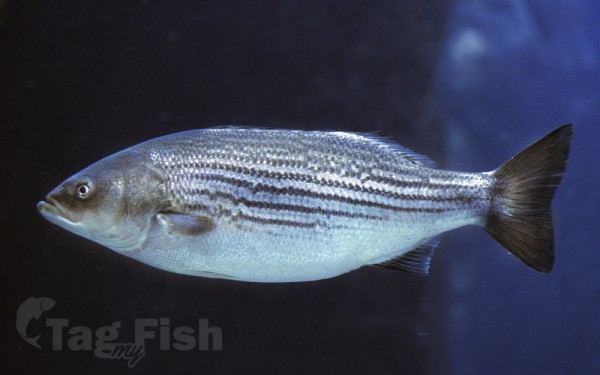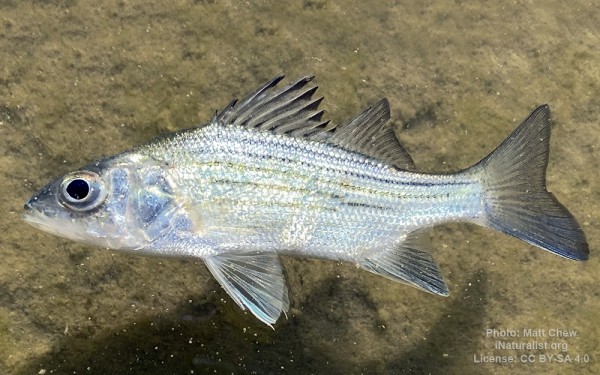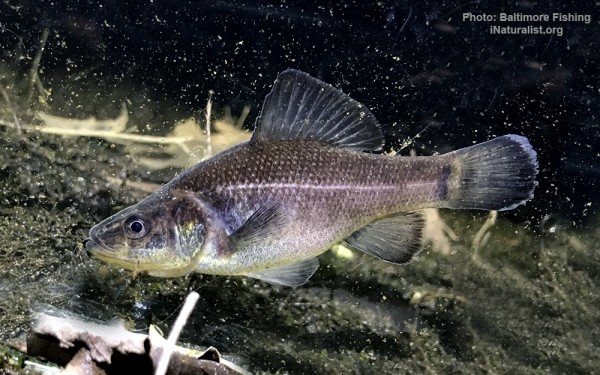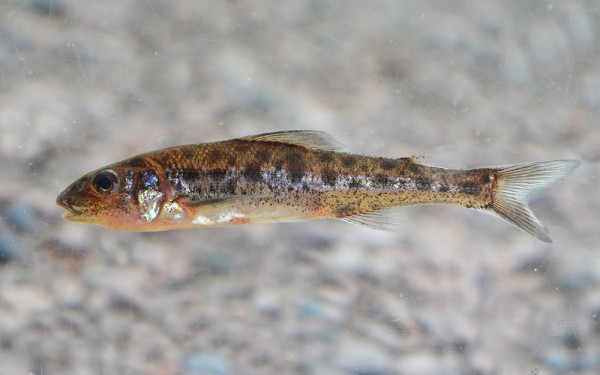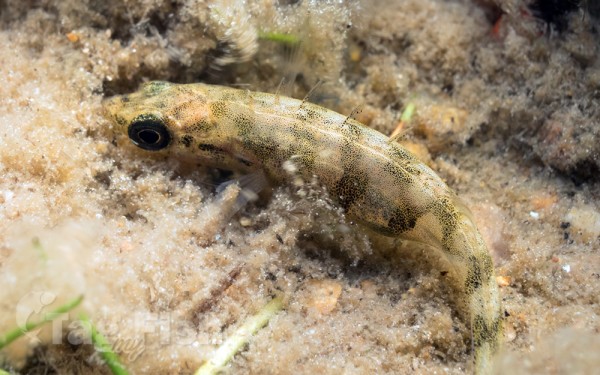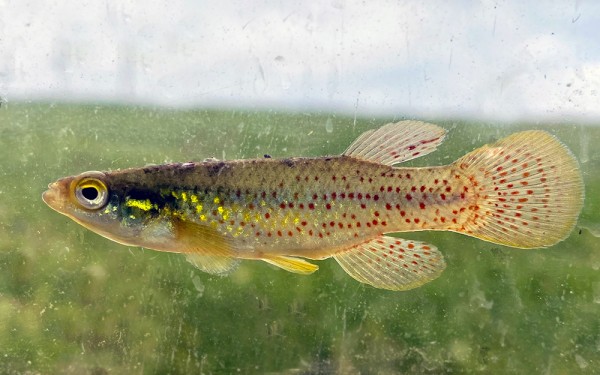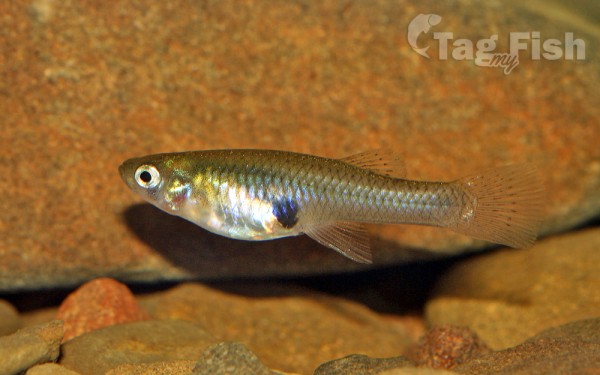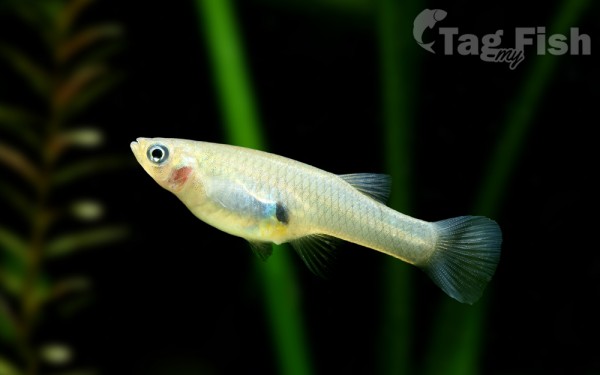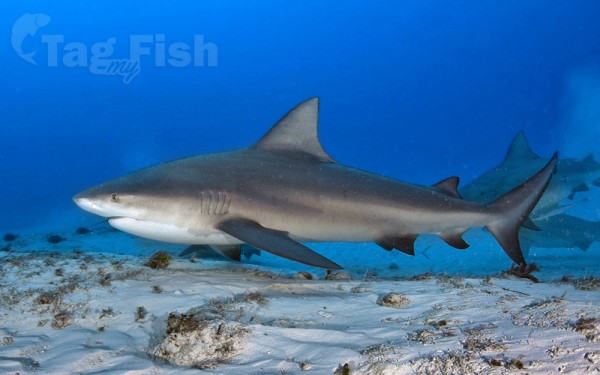Upper Iowa River
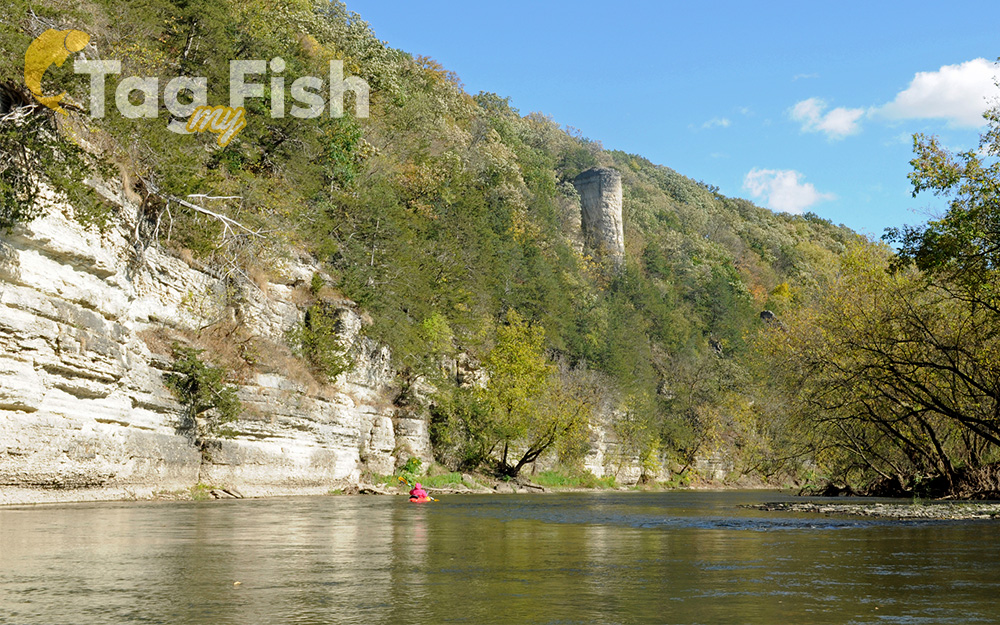
Perciformes - Perches
Esociformes - Pikes
Siluriformes - Catfishes
Centrarchiformes - Basses and sunfishes
Cypriniformes - Carps
Acipenseriformes - Sturgeons and Paddlefish
Anabantiformes - Gouramies and snakeheads
Lepisosteiformes - Gars
Amiiformes - Bowfins
Clupeiformes - Herrings
Acanthuriformes - Surgeonfishes
Anguilliformes - Eels and morays
Moroniformes - Temperate basses
Percopsiformes - Trout-perches
Gasterosteiformes - Sticklebacks
Hiodontiformes - Mooneyes
Cyprinodontiformes - Toothcarps
Carcharhiniformes - Ground sharks
Petromyzontiformes - Lampreys
Perciformes - Perches
Esociformes - Pikes
Siluriformes - Catfishes
Centrarchiformes - Basses and sunfishes
Cypriniformes - Carps
Acipenseriformes - Sturgeons and Paddlefish
Anabantiformes - Gouramies and snakeheads
Lepisosteiformes - Gars
Amiiformes - Bowfins
Clupeiformes - Herrings
Acanthuriformes - Surgeonfishes
Anguilliformes - Eels and morays
Moroniformes - Temperate basses
Percopsiformes - Trout-perches
Gasterosteiformes - Sticklebacks
Hiodontiformes - Mooneyes
Cyprinodontiformes - Toothcarps
Carcharhiniformes - Ground sharks
Petromyzontiformes - Lampreys
The Upper Iowa River is a 156-mile-long (251 km) tributary of the Mississippi River in the upper Midwest of the United States.
Its headwaters rise in southeastern Minnesota, in Mower County (Le Roy and Lodi townships) near the border with Iowa. It then flows through the Iowa counties of Howard, Winneshiek, and Allamakee, and finally into the Upper Mississippi River near New Albin, Iowa. Along its course, it passes through the Iowa cities of Chester, Lime Springs, Florenceville, Kendallville, Bluffton, and Decorah. Its watershed comprises nearly 641,000 acres (2,590 km2).
The Upper Iowa and its tributaries are part of the Driftless Area of Iowa, a region that was ice-free during the last ice age. Unlike areas to the south and west, the area was not planed down by glaciation or covered in glacial drift, resulting in present-day topography featuring steep-walled canyons and high-relief bluffs.
Because of its intrinsic qualities and minimal development, the Upper Iowa River was the only river in Iowa previously considered for designation as a National Wild and Scenic River.
The Upper Iowa was sometimes historically called the ’Iowa River’, creating confusion with the larger Iowa River to the south. The Upper Iowa was also called the ’Oneota River’, and the large number of Late Prehistoric sites along its bluffs caused the early archaeologist Charles R. Keyes to name the Oneota Culture for the river.
The river is a destination for canoeing, taking paddlers through the scenic bluff country. Many put their canoes in at Kendallville or nearby down river, but some paddlers prefer to start at Lime Springs by the Lidtke Mill or at Florenceville. Upper Iowa River is also rich in various fish species that attract anglers and nature enthusiasts. Some of the most common fish species found in this river include trout, walleye, bass, panfish, and catfish.

